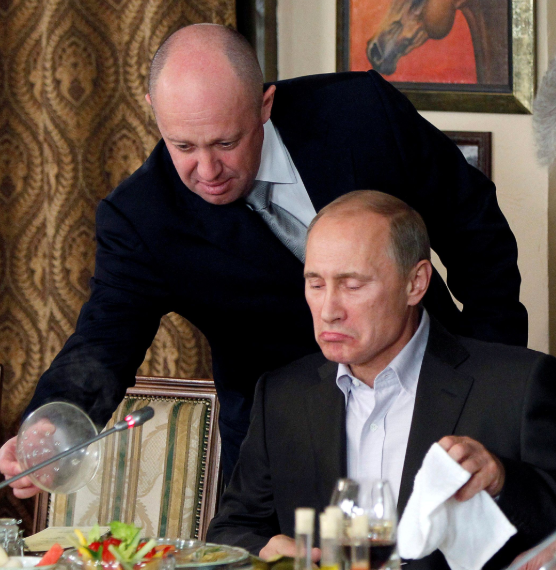
The Russian disinformation campaign leading up to the 2016 American presidential election was bigger in scope and coordination than reported earlier, according to new analysis from the American cybersecurity company Symantec, reported by the tech site Gizmodo.
Twitter released a data set of reportedly Russian-controlled disinformation actors totaling 3,900 accounts and 10 million tweets in October 2018.

The campaign was run by Russia’s Internet Research Agency, a private firm owned by Yevgeny Prigozhin, a Moscow businessman and confidante of President Vladimir Putin. The overused nickname “Putin’s Chef” (referring to Prighozin’s catering business) obscures the fact that Prigozhin also runs a private military contracting (PMC) firm called Wagner. Putin relies on Prighozin’s mercenaries for special operations. Prighozin resembles no one so much as Erik Prince, another political connected mercenary.
In February 2018, Special Prosecutor Robert Mueller indicted Prighozin and 12 IRA employees for wire fraud and identity theft in connection with activities such as creating a “Miners for Trump” Facebook page.
Did the Twitter campaign help win the election for Donald Trump? Maybe. Maybe not. That’s something historians can debate
The question for American voters in 2020 is, what did the Russians intend? They intended to help Trump and they intended to hide their tracks from Twitter because they knew were violating the terms of use.
“Most accounts were primarily automated, but they would frequently show signs of manual intervention, such as posting original content or slightly changing the wording of reposted [content], presumably in an attempt to make them appear more authentic and reduce the risk of their deletion,” Symantec’s Gillian Cleary wrote. “Fake news accounts were set up to monitor blog activity and automatically push new blog posts to Twitter. Auxiliary accounts were configured to retweet content pushed out by the main accounts.”
In the information desert that is much of America, the Russians faked their way to credibility.
Many of the main accounts pretended to be local news outlets at a time when local news is both cratering in the United States but is also still among the most deeply trusted institutions in the country compared to national news and other sources of information.
The research shows how the strategy worked to amplify propaganda: @TEN_GOP, an account pretending to be Tennessee Republicans, was retweeted over 6 million times and almost all of the retweets were outside of the Russian accounts.
Source: Russia’s 2016 Twitter Propaganda Machine Was Carefully Built And Wildly Successful, Researchers Find



